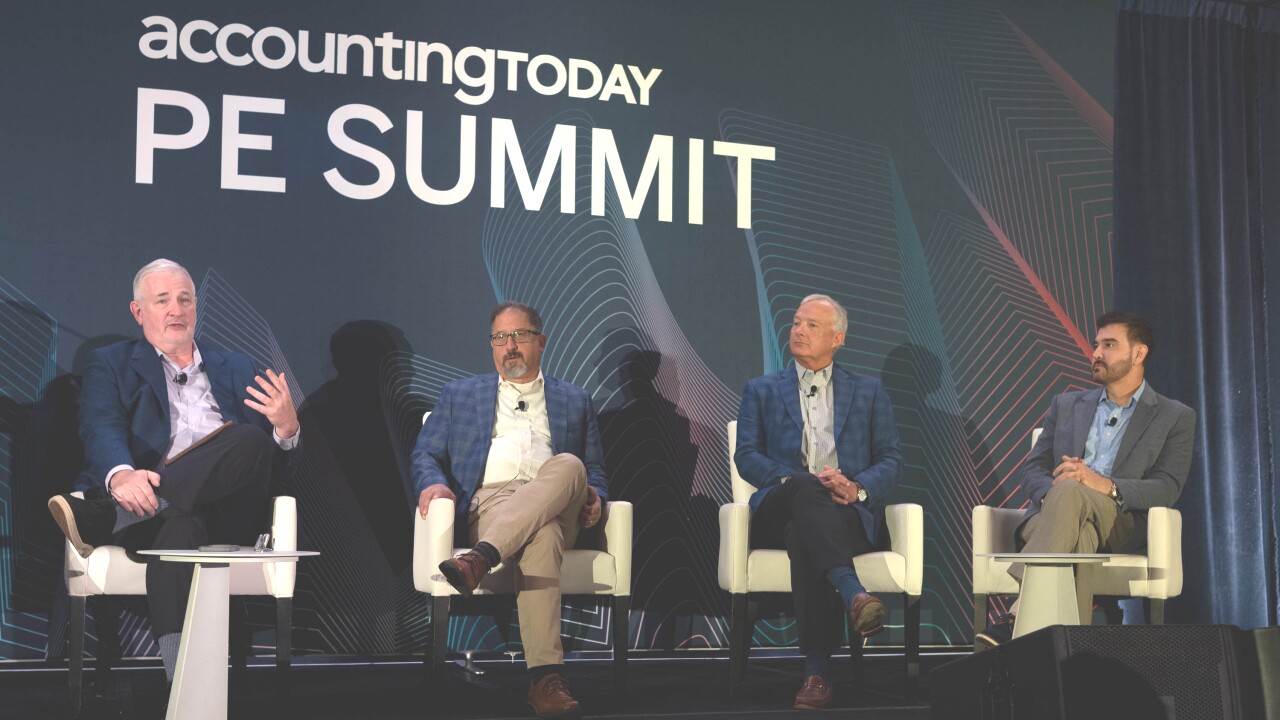A confession: I do not seek out prospects. And not because I can afford to sit back and watch fish leap into the boat. No, not at all. Anyone who knows me knows I'm ambitious. I hate to waste time and I don't look fondly on missed opportunities. That's why my revenue growth strategy of choice centers on channel development. Yes, channels — the spaces and places where one finds buyers in great quantities. This could be a physical place, or a concentration around what they read, who they listen to, or who they buy from.
Rather than solicit individual, one-off clients, I use channels to provide an abundant supply of opportunities that mutually support the aims of the channel-keeper as well as my business goals. I have counseled clients in this practice for more than two decades. I haven't written about it in a long time, so it's time to share this insight.
Let's stay with the fishing analogy (because some of you are avid anglers and because it works) to highlight the contrast between receiving a referral and engaging with a channel. It's all about your aspirations. It's the difference between fishing with a simple cane pole and dropping a large net into the water. Let's say your target market is manufacturing-related businesses. Contrast the potential of an individual referral from a lawyer (the cane pole) with what you can achieve through a channel — for example, trade schools (the big net). Examples of channel engagement are limited only by your energy and imagination.
One of the most successful channel engagements involved my client, a CPA firm, focused on the manufacturing industry. The top issue for manufacturers was talent. And the top issue at trade schools was getting more students. The solution was a joint sponsorship between the CPA firm and multiple trade schools of a scholarship program for potential employees of manufacturing companies. The schools realized their goal of more applicants, and the CPA firm got in front of 150 CEOs and other leaders of manufacturing businesses whose employee-students were awarded scholarships at an event hosted by the firm.
This was a tremendous success all the way around. The key was identifying the top issues for companies and trade schools in that industry and helping them achieve their objectives. The companies (our prospective buyers) got what they needed (talent), the trade schools (our channel) got what they needed, and we got what we needed, which was finding buyers (manufacturing company decision-makers) in great quantities. Whatever channels you identify, the key — and it's one that will do some powerful unlocking for you — is to identify channels with interests that align with your own.
It's what you do next that matters
Where the payoff comes is in how you develop your chosen channels, and that's by treating them as you would a client. Sound unusual? Stay with me here.
The first step in building the channel-keeper relationship is the one you would take with any client: Learn everything you can about the channel — its goals, challenges and impact. Find out what the needs are and how you can contribute, whether it's market intelligence you've gathered from research calls, increasing the membership, identifying a common problem to solve within their customer base, filling a board seat, or countless other business objectives. Share your ambitions and needs as well, like visibility in the marketplace, market intelligence, valuable databases, access to industry reports, or anything that helps you find buyers in great quantities.
Much as you would with a client, cultivate long-term relationships, not short-term transactions. You're not looking for the channel-keeper to throw you a fish. You're finding ways to navigate bigger, deeper waters populated with the fish you want to catch.
Once you understand one another's intentions, the second step is to brainstorm together about how to execute an approach to achieve objectives. Avoid the temptation to skip the first step and rush into the second (i.e., a booth at a conference). It's a short-sighted tactic looking for a strategy.
What this isn't
This is not the way CPA firms typically pursue growth. It's active and strategic, not passive and transactional. By finding buyers in great quantities, you reduce your cost of sales, while optimizing sustainable revenue. And it can take the place of all those retiring rainmakers who can't be replaced fast enough.
Master the concept and you'll no longer be looking for prospective clients. They will fall out of your channel
relationships. And not because you sat in the boat and waited.





